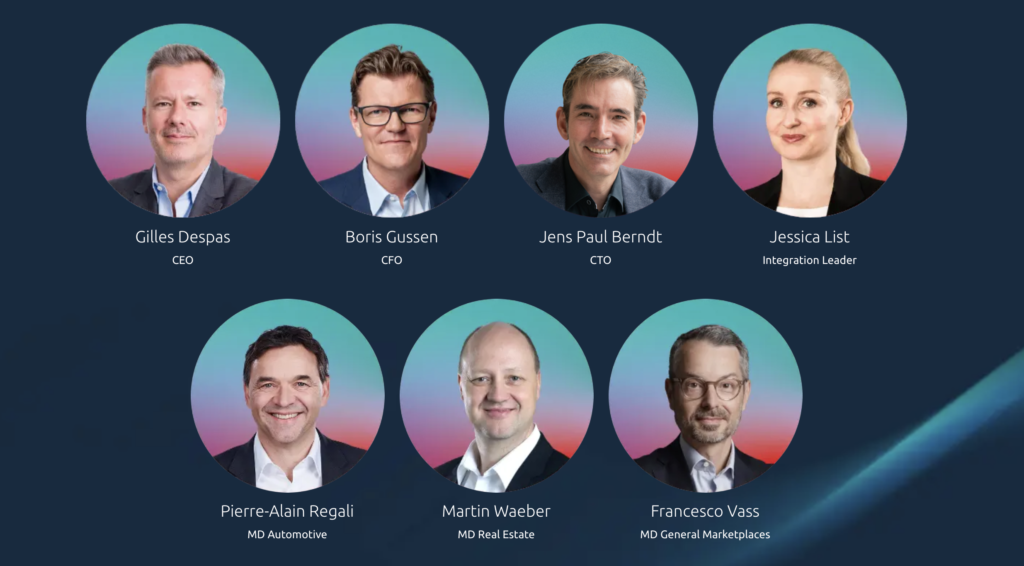In April, asking rents in the eight Swiss cities surveyed increased significantly in Zurich only. In the remaining cities, however, advertised rents were relatively stable or even in decline last month. Looking back over the year, however, asking rents have risen in all cantons and cities without exception. This is shown by current figures from the Homegate Rent Index.
Zurich, 11 May 2023 – The Homegate Rent Index for asking rents is compiled by the real estate marketplace Homegate in cooperation with Zürcher Kantonalbank (ZKB). It measures the monthly, quality-adjusted change in rents for new and re-let flats based on current market offers. Compared to the previous month, the index increased by 0.5 points in April and now stands at 120.7 points (plus 0.4 per cent). Compared to the previous year, asking rents rose by 2.8 per cent across Switzerland.
Change in the cities
Of the eight Swiss cities surveyed, only Zurich saw a significant increase in asking rents in April: Here, advertised rents rose by 1.8 per cent, which is significantly more than the 0.6 per cent increase in the canton of Zurich. In most of the other cities surveyed, however, asking rents remained relatively stable within a range of plus 0.3 per cent in St. Gallen and minus 0.3 per cent in Lausanne. In contrast, asking rents declined significantly in Bern (0.8 per cent) and Lucerne (1.4 per cent). However, the year-on-year comparison shows a positive trend without exception, led by the cities of Zurich (8.2 per cent) and Lugano (6.8 per cent). Only in Lausanne are asking rents unchanged compared to April 2022.
Change in the cantons
The picture is different at the cantonal level. Here, all but two cantons showed a neutral or positive development of advertised rents in April. Only in Graubünden did advertised rents fall by 1.2 per cent, while in Lucerne, the decline was 0.2 per cent. In all other cantons, advertised rents either remained unchanged or rose by up to 2.4 per cent (Schwyz) last month. In addition to Schwyz, the cantons of Nidwalden (1.4 per cent) and Uri (1.3 per cent) are among those with an above-average increase. While Uri has reached a new high since measurements began, asking rents in Nidwalden were already higher once for a few months back in 2022. Looking back over the year, however, there are clear plus signs for asking rents at the cantonal level. All cantons show an increase of between one and six per cent, led by Glarus (6 per cent), Uri (4.7 per cent), Valais (4.5 per cent) and Appenzell (4.3 per cent). But even in the canton of Graubünden, which was the only one to record a marked decline in asking rents in April, they rose by 2 per cent compared to the previous year.
Method of quality adjustment
The development of asking rents in Switzerland is corrected for the different quality, location and size of the flats. The advantage of this so-called hedonic method is that the real rental price development for new and re-let flats is reflected on Homegate. The Homegate Rent Index is the oldest quality-adjusted rent index in Switzerland and is considered a reference source for real estate professionals to determine the price of rental properties.
The data for all cantons and cities since the start of the survey can be found in the latest release in the news section of SMG Swiss Marketplace Group Ltd. The next Homegate Rent Index is expected to be published on 15 June 2023.

Fabian Korn
Communications Manager Real Estate

